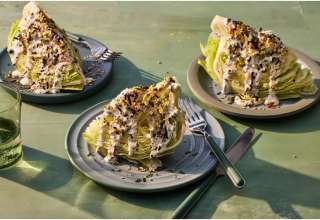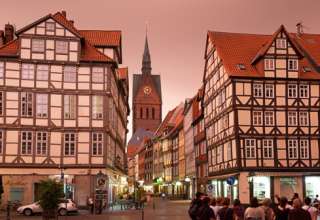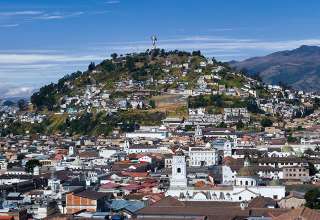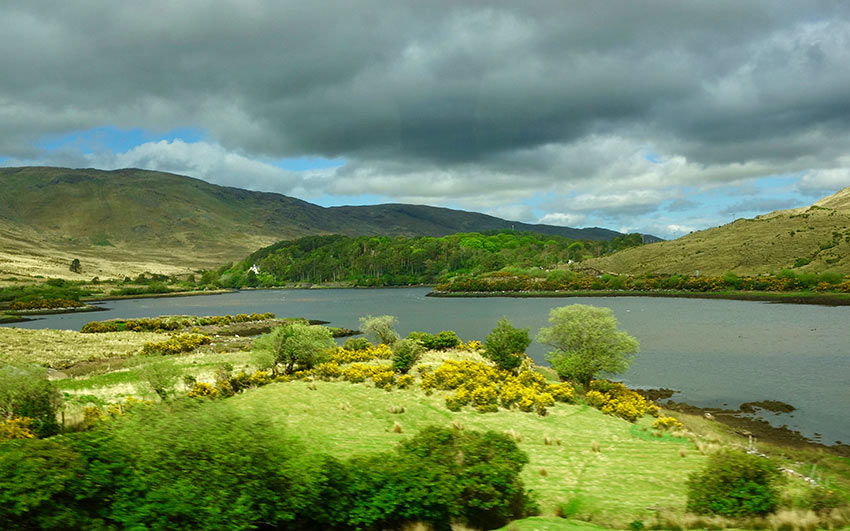
By Eimear Quinn, Adventure Co-ordinator of Wilderness Ireland.
1. Question: What are some of the “things” or activities that the people of Connemara do for fun?
Answer:
Hiking the ‘terrible beauty’ (Oscar Wilde) of Connemara.

You can explore some of the best hiking in Connemara – and Ireland! – while immersing yourself in Ireland’s archaeology, geology and natural history. From a tiny shrine in the remote hills of Connemara to the summit of Ireland’s most famous pilgrimage mountain Croagh Patrick, your route will follow in the footsteps of Ireland’s famous patron saint, Saint Patrick.
You can tackle three of the highest mountains in the west of Ireland including Mweelrea, the highest peak in Connacht. At what feels like the edge of the world, breathe in the some of the freshest air in Europe as you take in stunning Atlantic views at every turn. Far from the traditional tourist track, you’ll explore a secret Ireland that few visitors will ever see. Hiking in Connemara and Mayo offers the best way to truly experience the wild landscapes of the west of Ireland.
Exploring the Irish Gaelic language of Connemara by bicycle.
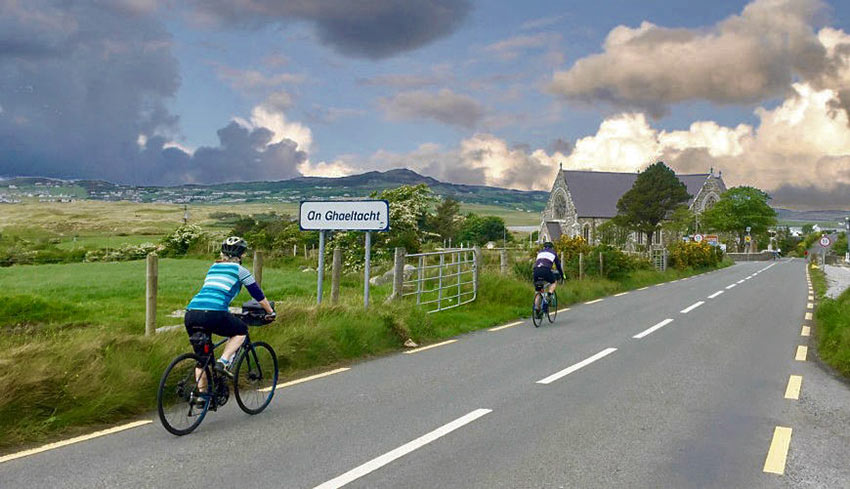
Connemara is one of Ireland’s few remaining strongholds of the Irish Gaelic language and is commonly referred to as the largest Gaeltacht region in Ireland. You’ll know you’ve reached a Gaeltacht region on your travels throughout Éireann (Ireland) when the English translations on road-signs disappear. There have been many attempts throughout the ages to overthrow the Gaelic way of life, but each time, those who came to conquer, from the Vikings to the Viking-Normans, eventually assimilated. Unfortunately, at the turn of the 19th century, the Gaelic language went into rapid decline due to the harsh marginalization of the native Irish people and the state establishment of national schools, which placed emphasis on learning English over Irish Gaelic. After Irish independence, the Irish language has seen a resurgence in schools (it is considered a mandatory subject alongside English) but English is still the principle language.
2. Question: What’s one thing the public probably does NOT know about Connemara?
Answer:
Pilgrimage Sites

The glorious Croagh Patrick, known locally as simply ‘The Reek’, is situated just 5 miles west of Westport in Co. Mayo. This pointed peak has been a location of pilgrimage for many centuries. In recent times, the sacred mountain of Croagh Patrick has been attributed to Ireland’s patron saint, St. Patrick. In a much earlier time than this, the mountain we call Croagh Patrick was originally known as Mons Egli, Croachan Aigli or Cruachan Aigli and is known to have been a highly revered place for the ancient polytheistic people of the country, who made the ascent in the name of the sun god, Crom Cruach. Since the time of St. Patrick when we supposedly made a pilgrimage to the summit to fast and pray, thousands of pilgrims has climbed Croagh Patrick each year. The most important day for these pilgrimages is Reek Sunday, the final Sunday of July.
3. Question: Share some aspect of what Connemara has contributed to the world.
Answer:
Flora & Fauna
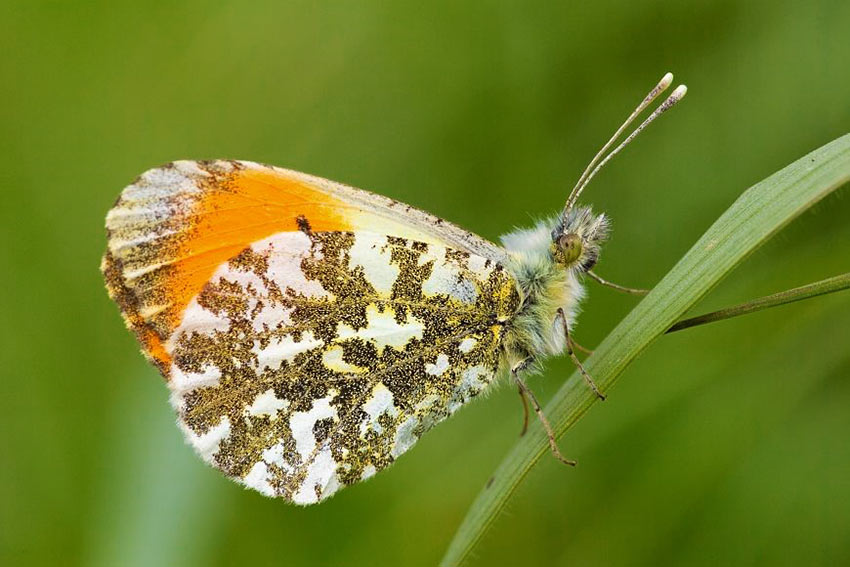
In May 2010, Connemara National Park won a ‘Biodiversity Blitz’ wherein a total of 542 species of flora & fauna were recorded in 24hrs. Six wildlife sites across the country took part in a bid to categorize as many species as possible within a day. The following is but a sample of what was recorded: mountain hare, red deer, feral goat, four species of bat, seven species of butterfly, 51 species of macro-moth, 10 species of micro-moth, four species of dragonfly/damselfly, 46 other invertebrate species, 2 amphibian species, 55 bird species, 218 flowering plant species, 83 bryophytes, 17 lichens, 18 liverworts, and 18 algae. Connemara National Park itself encompasses part of the Twelve Bens mountain range, including the well-known Diamond Hill, a popular spot for visitors and locals alike. Your best bet to see the wildlife is by exploring Connemara’s rugged backcountry of the Twelve Bens with a local hiking guide and wildlife expert.
The Connemara Pony
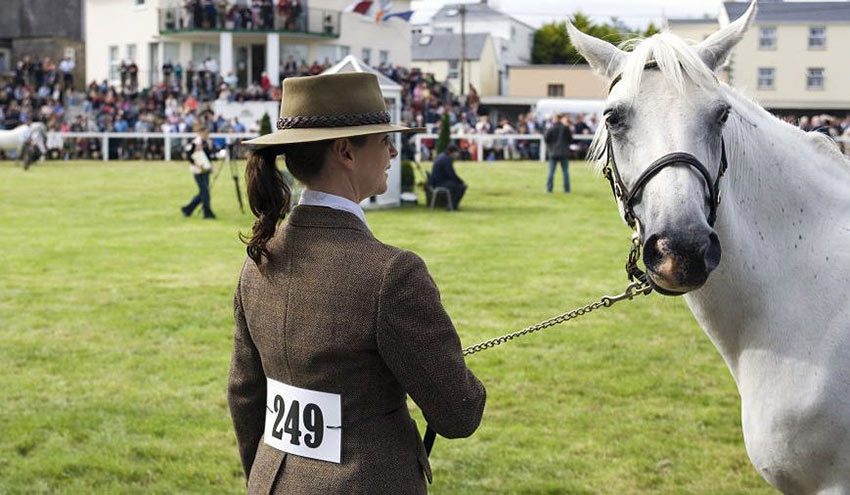
The Connemara Pony is an internationally renowned breed of pony that is uniquely Irish and the largest of all pony breeds. The famously good-natured and tremendously hardworking Connemara Pony descends from the magnificent Andalusian horses of the Spanish Armada – a tragic fleet of 130 ships which fell foul of Ireland’s rough and rugged coastline in 1588 en route to invade England. The liberated team of Andalusian horses ran wild and began to breed with the Scandinavian ponies residing in the mountains of Connemara from the time of the Viking invasions between 800-1169, eventually creating what is known today as the Connemara Pony. The Connemara Pony Breeders Society was founded in Clifden in 1923 to protect and develop the breed – with the Pony becoming an official pedigree in 1926. The ponies can still be found throughout Connemara.


